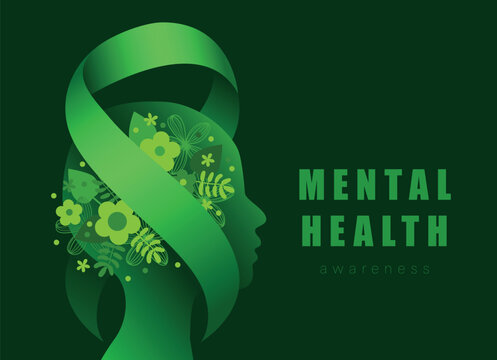Road accidents are a silent global crisis. While headlines often highlight political drama or natural disasters, traffic accidents claim more than a million lives each year. Behind every number is a person — a family member, a friend, a colleague. And in many cases, these tragic losses could have been avoided.
The Main Causes Behind the Wheel
Understanding the causes of road accidents is the first step toward prevention. Some of the most common include:
-
Speeding: Driving above the speed limit reduces reaction time and increases the severity of crashes.
-
Distracted Driving: Mobile phones, GPS systems, eating, and even conversations can take a driver’s attention away from the road.
-
Driving Under the Influence: Alcohol and drugs impair judgment, coordination, and reaction time.
-
Fatigue: Drowsy driving can be as dangerous as drunk driving, especially on long, late-night journeys.
-
Poor Road Conditions: Potholes, faded markings, lack of signage, and inadequate lighting all contribute to risk.
-
Weather: Rain, fog, and snow reduce visibility and road grip, increasing accident chances.
The Ripple Effect of Road Accidents
Road accidents aren’t just about physical injury. Their impact runs deeper:
-
Emotional Trauma: Survivors and families of victims often face lasting psychological scars.
-
Economic Loss: From hospital bills to vehicle repairs and lost productivity, accidents can place a huge financial burden on individuals and nations.
-
Traffic Congestion: Even minor collisions cause massive delays, affecting cities and work routines.
Steps Toward Safer Roads
While the statistics are sobering, there’s hope. Preventing road accidents requires a multi-layered approach:
-
Education and Awareness: Teaching responsible driving habits in schools, workplaces, and communities.
-
Law Enforcement: Stricter penalties for speeding, DUI, and reckless driving can deter dangerous behavior.
-
Technology: Modern cars now come with features like automatic braking, lane departure warnings, and drowsiness detection.
-
Infrastructure Improvements: Better road design, proper signage, pedestrian crossings, and lighting are essential.
-
Public Transport Investment: Fewer cars on the road means fewer chances for collisions.
A Call for Shared Responsibility
Everyone has a role in reducing road accidents — not just drivers. Pedestrians, cyclists, urban planners, policymakers, and tech developers all play a part. Whether it’s buckling up, slowing down, or speaking up when someone drives recklessly, small actions can save lives.



No comments:
Post a Comment